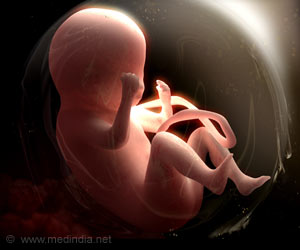Though veggies may sound boring to kids, there are some ways to help children to munch on crunchy raw vegetables and fruits.

‘Fun-loving characters with super powers tripled the percentage of elementary school students choosing items from the salad bar, leading to increased consumption of fruits and vegetables.’





Marketing vegetables in school lunchrooms using the Super Sprowtz - a team of fun-loving characters with super powers - as much as tripled the percentage of elementary school students choosing items from the salad bar, found researchers led by Andrew Hanks of The Ohio State University."If we put the time and good resources into marketing healthy choices to kids, it can work," said Hanks, an assistant professor of human sciences, whose study appears in the journal Pediatrics.
"These interventions don't need to be costly and there is a great opportunity to improve nutrition, performance in school and behavior as well," Hanks said, referring to previous studies that have linked healthful diets to success in the classroom.
Marketing to children is controversial in some circles, but Hanks said this study illuminates its potential if done well and with the best interest of kids in mind.
"Marketing can have both positive and negative effects," Hanks said. "But instead of avoiding it completely, we can harness the power of marketing to help us."
Hanks and his collaborators conducted the study while he was at Cornell University in New York. They tested three interventions in 10 public elementary schools in urban New York State.
Advertisement
In schools with the salad bar banners, the researchers saw 24 percent of kids taking vegetables from the salad bars, almost double what they'd observed in the weeks leading up to the change. In those schools that had characters on the salad bar and on video, veggie selection jumped from 10 percent to almost 35 percent. The researchers saw no significant improvement in schools with videos alone.
Advertisement
Hanks said it's hard to say how the study would play out in suburban or rural districts. "And it's unlikely such a technique would work with older students," he said.
"It's important to be strategic. If you use these characters in a middle or high school I doubt they will have much of an impact," said Hanks, who is also a member of Ohio State''s Food Innovation Center.
"For anyone thinking˜Will this work?'' our study is best generalized to an urban elementary school setting," he said. "Also, the district was not extremely poor."
Hanks noted that not many U.S. schools have salad bars, something he found surprising given the recent federal push for healthier options in the schools. "Salad bars could be met with more enthusiasm than a spoonful of cooked carrots on a lunch tray," he said.
"If we can encourage kids to take vegetables of their own accord, rather than have someone put it there for them, they're much more likely to eat them," Hanks said.
Source-Newswise











